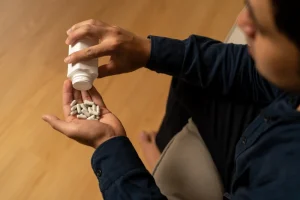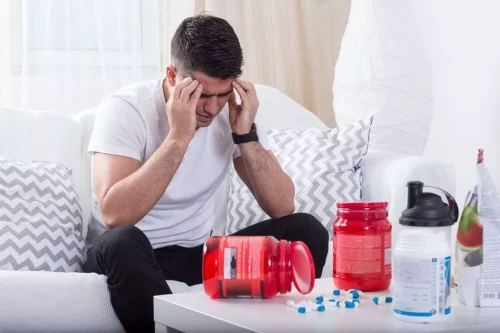
Additional research on targeted (i.e., as needed) dosing of medications, such as nalmefene and naltrexone (32, 38), would be promising from the perspective of increasing adherence to medications and also raising awareness of potentially heavy drinking occasions. A wide range of behavioral and psychological treatments are available for alcohol use disorder, and many treatments are equally effective in supporting abstinence or drinking reduction goals (71–74). Twelve-step facilitation, how to do an intervention for an alcoholic which was designed specifically to connect individuals with mutual support groups, has also been shown to be effective (75). In addition, harm reduction treatments, including guided self-control training and controlled drinking interventions, have been successful in supporting drinking reduction goals (70). This review has briefly summarized the treatments currently available for alcohol use disorder that are relatively effective, at least in some patients.
What does a model brief intervention look like? Seven steps for patient care

Here’s some information to help you get ready for your appointment, and what to expect from your health care provider or mental health provider. For none of these elements were the reasons why they were effective and which mechanisms they triggered found. The relationship between the patient and the practitioner https://ecosoberhouse.com/ is of great importance for a successful outcome of the treatment [42,47,49,50,59]. More treatments can improve the relationship between patient and therapist [59]. If the practitioner shows certain behavior [42,47,50], such as reflective listening to the patient, the relationship also improves.
What mutual support group choices are available?
Long-term exposure to alcohol causes adaptive changes in several neurotransmitters, including GABA, glutamate, and norepinephrine, among many others. Discontinuation of alcohol ingestion results in the nervous system hyperactivity and dysfunction that characterizes alcohol withdrawal (15, 16). Acting on several types of brain receptors, glutamate represents one of the most common excitatory neurotransmitters. As one of the major inhibitory neurotransmitters, GABA plays a key role in the neurochemical mechanisms involved in intoxication, tolerance, and withdrawal. This brief review can offer only a very simplified overview of the complex neurobiological basis of alcohol use disorder. For deeper, more detailed analysis of this specific topic, the reader is encouraged to consult other reviews (15, 16).
Types of Behavioral Treatments

With prior notice, an alcoholic family member may simply refuse to show up. People with addictions often have difficulties admitting a problem, and their dependencies make them feel the need to rationalize their habits and behaviors. Even when a substance causes problems for a person, his or her physical or psychological reliance on it can take priority. A family intervention gives everyone in the family the opportunity to express their concerns and the problems they experience because of the person’s alcoholism.
- Outcomes include changes to people and to their lives, but also include other kinds of alterations (e.g., in organizations, workers or governments) [35].
- The perspective intervention team should attempt to find a professional interventionist who is qualified to assist them with the intervention.
- It also may be right to ask your loved one to seek support from a group such as Alcoholics Anonymous.
- The element of contact with others was not found in the three interventions especially designed for older adults.
Your loved one may feel attacked and become isolated or more opposed to treatment. Family members should also consider seeking help for themselves, regardless of whether the alcoholic agrees to get help. Counseling and support groups such as Al-Anon provide people with a place to vent their frustrations, and they can help people learn new ways of managing the problem. People who are in relationships with alcoholics may also benefit from help for codependency.
- Most effective interventions include elements of (brief) motivational interventions, (brief) advice or personalized reports on risks and problems.
- These contributors included both experts external to NIAAA as well as NIAAA staff.
- The power of an addiction intervention comes from having participants express concern and compassion for the alcoholic’s welfare, explains Mary McMahon, an intervention specialist for Intervention Services, Inc., in Edina, Minnesota.
- Motivational enhancement is conducted over a short period of time to build and strengthen motivation to change drinking behavior.
- With respect to behavioral treatments, there are numerous opportunities for the development of novel mobile interventions that could provide treatment and recovery support in near real time.
Family and Children’s Programs
1. Realist Evaluation Approach


